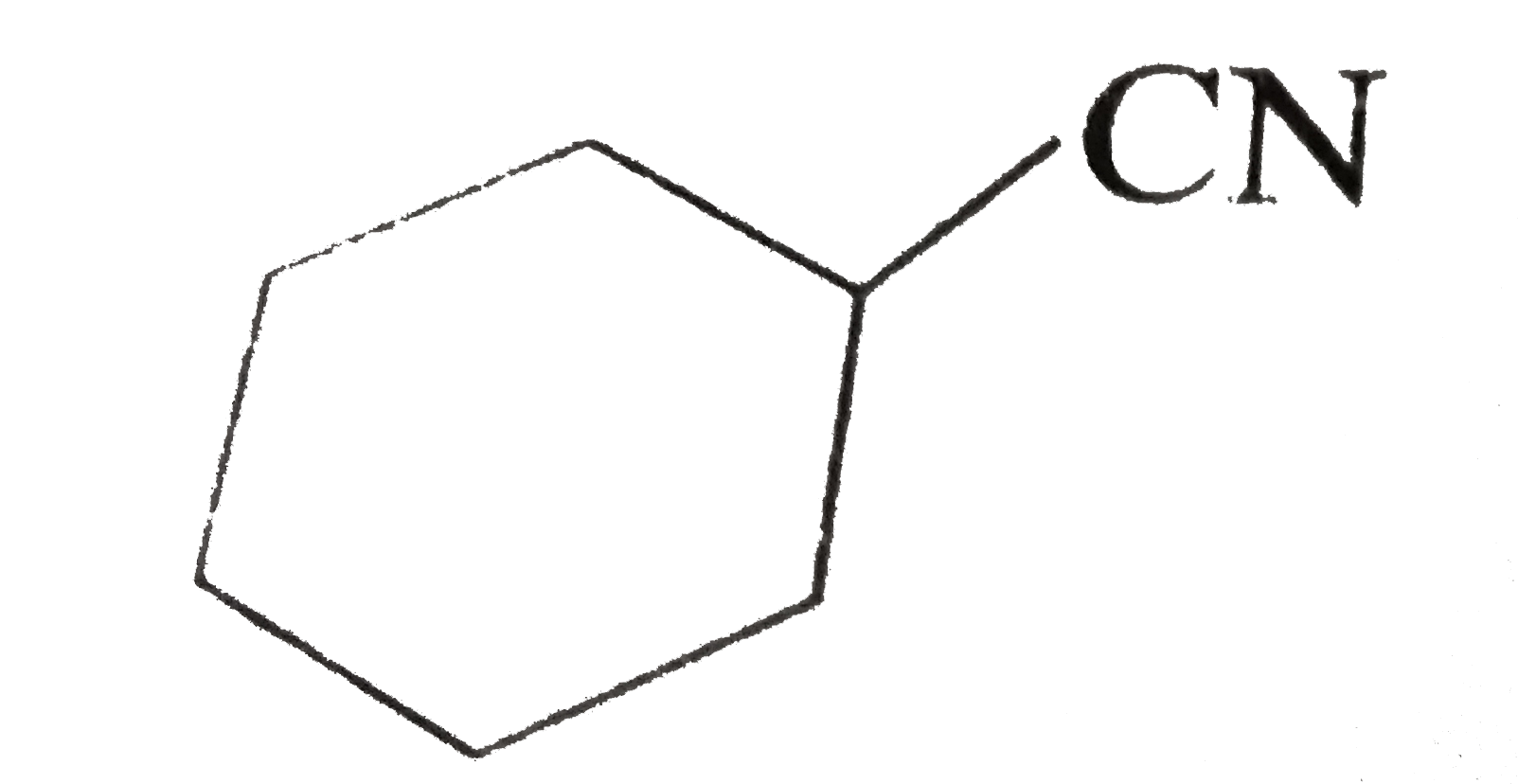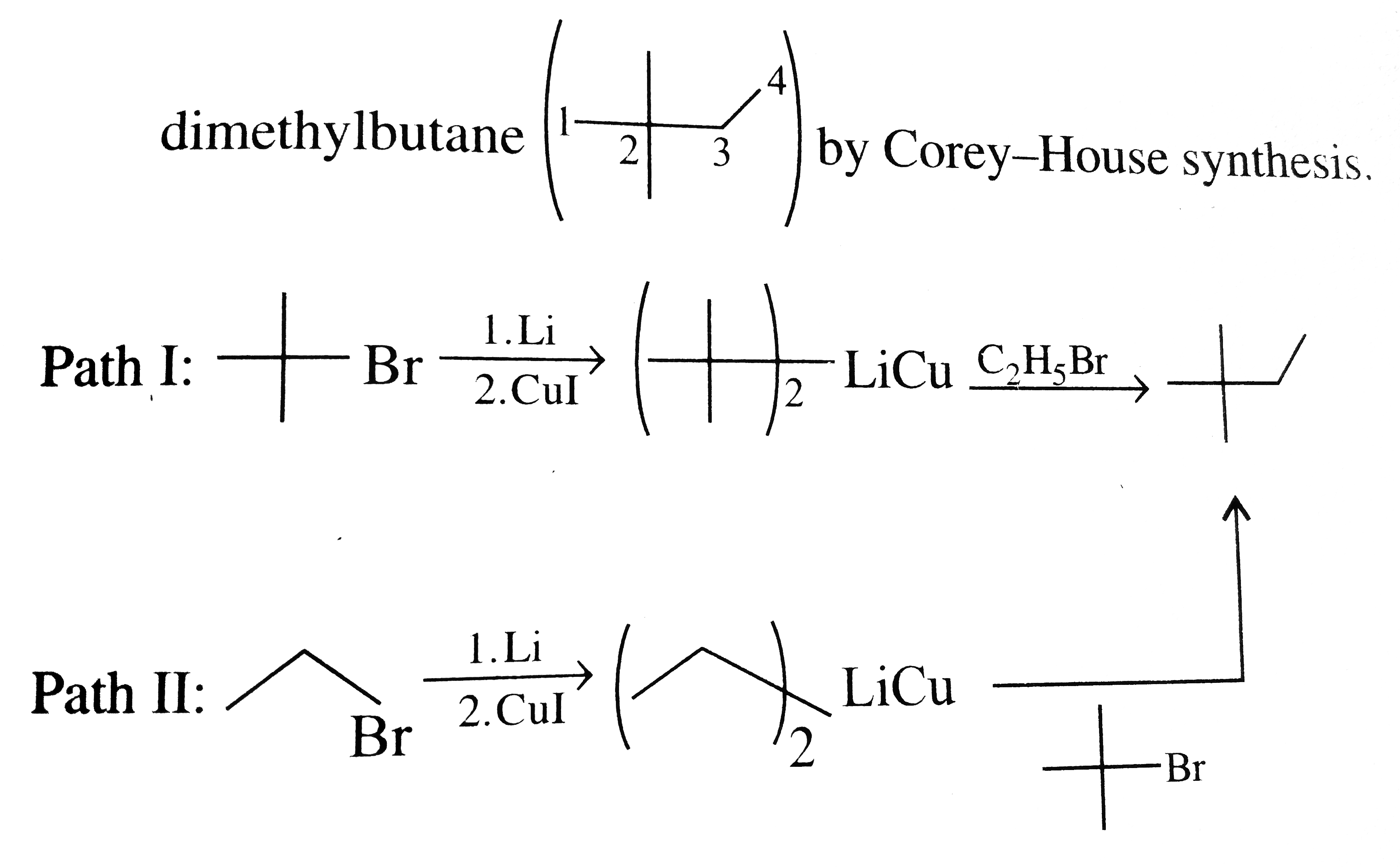Synthesis of cyclohexane -1,2 diol from cyclohexene may be accomplished in two ways :
I . MnO4 dilute OH,O∘C dihydroxylation
II . Peracid epoxidation followed by NaOH opening of the epoxide ring .
Which of the following statement about the products from these reactions is correct ?
Methods I and II give same product
Method I gives resolvable racemic mixture while method II will give non- resolvable achiral product
Method I gives resolvable optically inactive compound while method II gives resolvable racemic mixture
Products obtained through method I and II will have diasteriomeric relationship
The correct Answer is:C, D
To synthesize cyclohexane-1,2-diol from cyclohexene, we can use two different methods. Let's analyze each method step by step.
Method I: Dihydroxylation using MnO4 in dilute OH
1. Reagent and Conditions: We use dilute potassium permanganate (KMnO4) in the presence of hydroxide ions (OH-) at 0 degrees Celsius.
2. Mechanism: This reaction involves syn-dihydroxylation, where both hydroxyl (OH) groups add to the same side of the double bond in cyclohexene.
3. Product Formation: The product formed is cyclohexane-1,2-diol, where both OH groups are on the same side (cis configuration).
Method II: Epoxidation followed by Ring Opening
1. Reagent and Conditions: We use a peracid (like m-chloroperbenzoic acid) to epoxidize cyclohexene, forming an epoxide.
2. Mechanism: The epoxide ring is then opened using sodium hydroxide (NaOH), which leads to anti-dihydroxylation. This means that the two hydroxyl groups will add to opposite sides of the double bond.
3. Product Formation: The product formed is also cyclohexane-1,2-diol, but in this case, the OH groups are on opposite sides (trans configuration).
Comparison of Products
- Method I results in a cis-1,2-diol (syn addition).
- Method II results in a trans-1,2-diol (anti addition).
Conclusion
Now, let's evaluate the statements regarding the products from these reactions:
1. Statement 1: Method 1 and Method 2 give the same product. (Incorrect)
2. Statement 2: Method 1 gives a resolvable racemic mixture while Method 2 gives a non-resolvable chiral product. (Incorrect)
3. Statement 3: Method 1 gives a resolvable optically inactive compound while Method 2 gives a resolvable compound. (Correct)
Thus, the correct answer is Option 3.
1. Reagent and Conditions: We use dilute potassium permanganate (KMnO4) in the presence of hydroxide ions (OH-) at 0 degrees Celsius.
2. Mechanism: This reaction involves syn-dihydroxylation, where both hydroxyl (OH) groups add to the same side of the double bond in cyclohexene.
3. Product Formation: The product formed is cyclohexane-1,2-diol, where both OH groups are on the same side (cis configuration).
1. Reagent and Conditions: We use a peracid (like m-chloroperbenzoic acid) to epoxidize cyclohexene, forming an epoxide.
2. Mechanism: The epoxide ring is then opened using sodium hydroxide (NaOH), which leads to anti-dihydroxylation. This means that the two hydroxyl groups will add to opposite sides of the double bond.
3. Product Formation: The product formed is also cyclohexane-1,2-diol, but in this case, the OH groups are on opposite sides (trans configuration).
- Method I results in a cis-1,2-diol (syn addition).
- Method II results in a trans-1,2-diol (anti addition).
Now, let's evaluate the statements regarding the products from these reactions:
1. Statement 1: Method 1 and Method 2 give the same product. (Incorrect)
2. Statement 2: Method 1 gives a resolvable racemic mixture while Method 2 gives a non-resolvable chiral product. (Incorrect)
3. Statement 3: Method 1 gives a resolvable optically inactive compound while Method 2 gives a resolvable compound. (Correct)
Similar Questions
Knowledge Check
Which of the following statement (s) about cyclohexane is/are wrong ?
A(a) Stability of different conformations of cyclohexane is: Chair > Boat > Twist boat > Half chair.B(b) Only the chair from is free from angle strain.C(c) Half chair has five C atoms is one plane and one C atom out of the plane. Hence, it has both eclipsing and bond angle strain and is the least stable conformer of cyclohexane.D(d) Twisting the boat to the skew boat conformation moves the 'flagpole' H atoms away from each other and reduces the eclipsing strain. Hence, the twist boat is more stable than the boat conformation.Synthesis of hexane-3,4-diol from fran-3-hexene may be accomplished in two ways:
(i) OsO4 hydroxylation and
(ii) Epoxide formation by reaction of alkene with PhCO3H followed by basic hydrolysis.
Which of the following statements about the products from these reactions is correct?AThe two methods give the same product.B(i) gives chiral isomers , (ii) gives an achiral isomer.C(i) gives an achiral isomer, (ii) gives chiral isomers.DTwo different isomers are formed, but both are chiral.Select the correct statement about productivity from the following.
AGross primary productivity is the available biomass for the consumption to heterotrophs.BSecondary productivity depends on the photosynthetic capacity of the plant species inhabiting a particular area.CProductivity is expressed in terms of kg−2yr−1 or (kcalm−2)yr−1 to compare the productivity of different ecosystems.DOf an approximate NPP of 170 billion tonnes, the productivity of the oceans are only 55 billion tons despite accupying 70% of the earth.
Devise synthesis of following compound from cyclohexene:

View SolutionWhich one of the following is the most stablised conformer of ,4-cyclohexane diol?
View SolutionThere are two ways for the preparation of 2,2-dimethylbutane
 by Corey - House synthesis.
by Corey - House synthesis.
Which of the following statements is correct ?
View SolutionTrans-cyclohexane-1,2-diol can be obtained by the reaction of cyclohexene with
View SolutionCyclohexene is best prepared from cyclohexanol by which of the following
View Solution